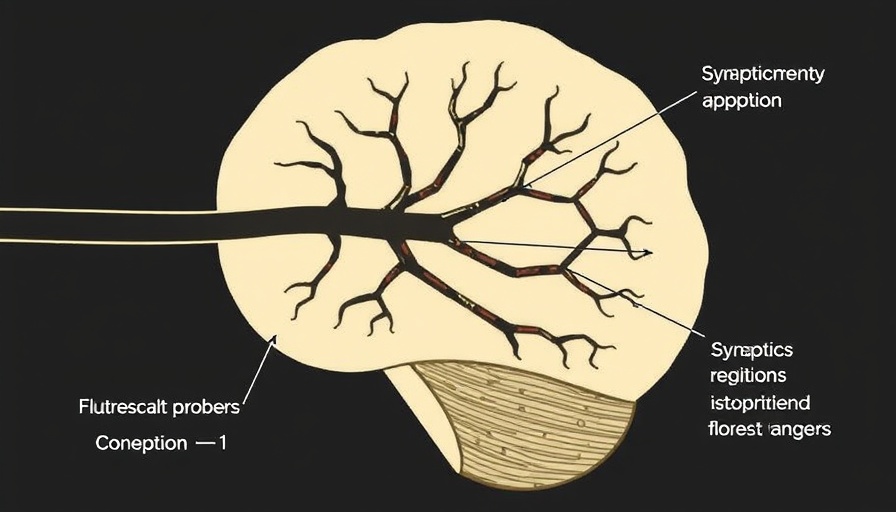
Revolutionizing Brain Drug Delivery with Ultrasound Technology
The medical community is on the brink of a significant advancement in how we approach drug delivery to the brain. A groundbreaking technique utilizing ultrasound imaging to map the precise delivery of drugs represents a potential game-changer for patient care. This innovative approach addresses one of the most complex challenges in neurology: ensuring therapeutic agents reach their intended destination effectively.
The Power of Ultrasound Imaging in Medicine
Ultrasound imaging has been a cornerstone of diagnostic medicine for decades, providing real-time visualization of anatomical structures. However, its application in drug delivery marks a new frontier. This technology harnesses focused ultrasound waves, creating a transient disruption in the blood-brain barrier. By doing so, it allows for targeted delivery of medications previously deemed difficult to administer directly to the brain.
How Does This Work?
The process begins with a patient receiving an ultrasound treatment that uses specific frequencies. When these sound waves are directed at the brain, they create a temporary opening in the blood-brain barrier, akin to a gate that opens briefly to allow medication access. The precise mapping of where these drugs are delivered is facilitated by advanced imaging techniques, ensuring that dosages are not only effective but also localized, reducing side effects and improving outcomes.
Potential Applications Are Vast
This ultrasound-mediated approach is particularly promising for treating conditions such as neurodegenerative diseases, brain tumors, and even psychiatric disorders. For instance, diseases like Alzheimer’s or Parkinson’s, which often resist treatment due to the blood-brain barrier, could benefit significantly from this targeted delivery system. Research into oncology also shines a light on this technique, potentially improving how we treat tumors in the brain.
Current Research and Findings
Recent studies have shown remarkable promise in preclinical models, with researchers successfully delivering therapeutic compounds to targeted brain areas using ultrasound imaging. For instance, a study demonstrated the ability to deliver chemotherapeutic agents directly to brain tumors, showing reduced tumor size without the extensive side effects typically associated with systemic delivery methods.
Challenges and Future Directions
While the prospects are exciting, practitioners should be aware of the challenges that remain. Ensuring patient safety, optimizing the technology for clinical use, and addressing the variability in individual responses to treatment are all critical factors that need further exploration. Moreover, regulatory bodies will play an essential role in defining the guidelines for clinical application, demanding rigorous evidence from trials.
What Does This Mean for Healthcare Providers?
For concierge health practitioners, staying informed about these innovations is vital. As this technology progresses, it could shift the standard of care in neurology and affect treatment plans for a range of conditions. Clinicians should consider integrating this knowledge into practice to better serve patients who might benefit from advanced treatments.
A Call to Embrace Innovation
As we move forward into a more technologically integrated medical space, it is essential for health practitioners to remain proactive about adopting new methodologies. Incorporating ultrasound imaging for drug delivery is not just a trend—it's the future of targeted therapy. Understanding and implementing such innovative techniques will equip practitioners to offer superior care and achieve better patient outcomes.
Conclusion: Preparing for the Future
In conclusion, the advent of ultrasound imaging for drug delivery into the brain exposes a significant leap in treating neurological disorders. As medical professionals, we must embrace these advancements and advocate for their integration into practice to optimize patient care. Let's remain engaged, informed, and ready to adapt as these solutions evolve.
 Add Row
Add Row  Add
Add 






Write A Comment